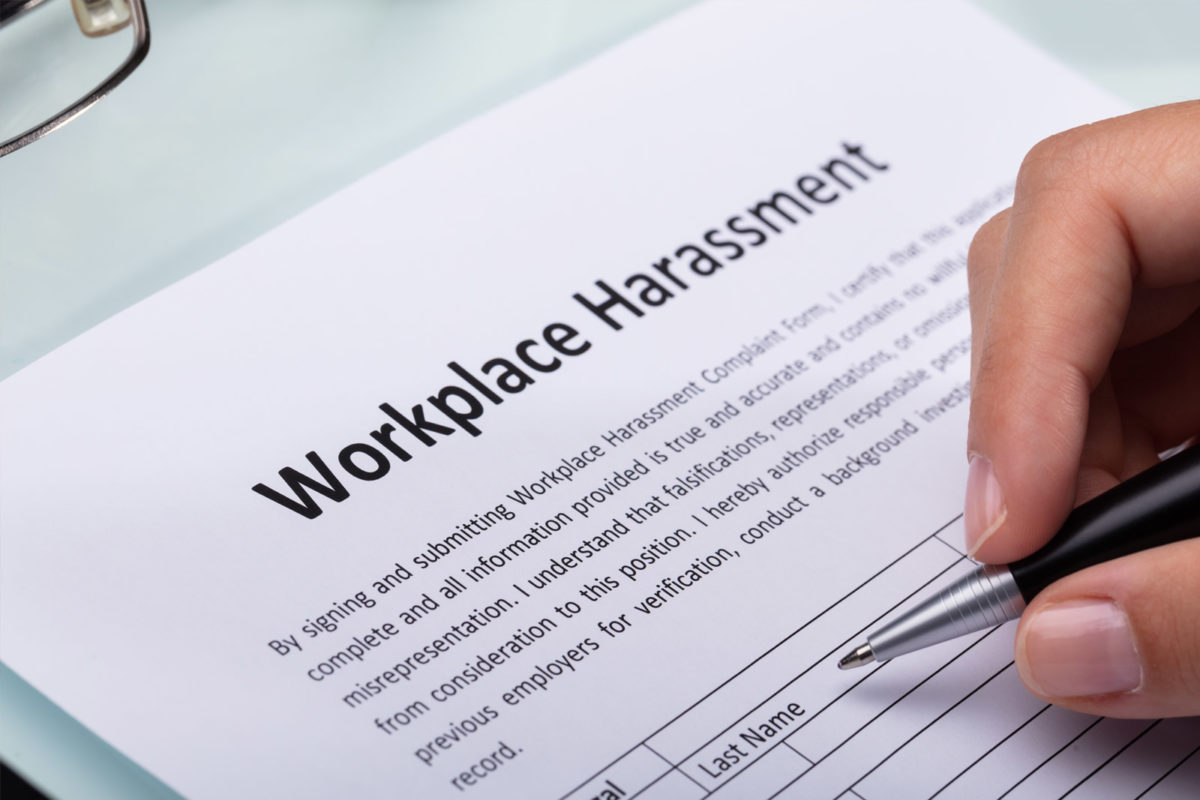Has your workplace received a harassment complaint? Sometimes, investigations of these complaints are mandatory, but the reality is that not every harassment complaint warrants an investigation. Do you know how to determine whether you need to do an investigation? And do you know what the alternative is?
On receiving a harassment complaint, the first instinct of many employers is to immediately set up an investigation, and often to engage third party investigators at a significant cost of tens of thousands of dollars. This zealous approach is likely driven by a flawed understanding of Ontario’s Occupational Health and Safety Act (“OHSA”).
True, failure to comply with OHSA’s provisions regarding workplace harassment complaints has its risks. It could result in being charged and prosecuted by the Ministry of Labour with the risk of significant fines, and an order to retain an outside third-party investigator. However, a better understanding of the OHSA will eliminate unnecessary risk while maintaining the safety and well-being of employees.
Defining Workplace Harassment
Workplace harassment is defined as “engaging in a course of vexatious comment or conduct against a worker in a workplace that is known or ought reasonably to be known to be unwelcome”. It can also mean “workplace sexual harassment”.
It can be difficult to determine whether a complaint is actually defined as workplace harassment under the OHSA definition. Often it is easier to identify whether it’s not workplace harassment. For example, uncomfortable situations between peers working together on a project, where neither respects the other’s abilities and each accuses the other of harassment for accusations of incompetence may not qualify as harassment. If an employee feels harassed by a manager who aggressively pursues them to justify absences from work with a doctor’s notes or persistent tardiness to work with a reasonable explanation may also not be harassment.
Mediation is an effective alternative to investigation
In a situation where two employees are in a dispute, and the issues are not that serious and do not trigger a legal obligation to investigate (the allegations raise issues of conflict rather than harassment), a mediation would likely be the best solution. A mediation is the midpoint between doing nothing and conducting a formal investigation. Tribunals have praised mediations for being beneficial solutions to workplace conflicts. [see Ontario Public Service Employees Union (Kelly et al) v Ontario (Community Safety and Correctional Services), 2015 CanLII 76832 (ON GSB); and Ontario Public Service Employees Union (Perrin et al) v Ontario (Community Safety and Correctional Services), 2014 CanLII 69979 (ON GSB)]. In another case, an Ontario tribunal held that a workplace mediation was not conducted but ought to have been done, as it could have helped to resolve internal conflicts sooner [see Decision No. 368/10, 2010 ONWSIAT 679 (CanLII).] If Canada’s governing bodies have determined that mediation is an effective alternative to investigations, then why aren’t employers using it more often?
Ultimately, I have seen that the impact of investigations can be devastating to workplace culture. In fact, a whole industry has developed around workplace remediation post investigation. Like Humpty Dumpty, the sad truth is all the company’s horses and all their resources cannot put the workplace back together again.
A mediation is more uniting than an investigation. It involves having a neutral individual try to bring the parties to a resolution. Unlike an investigator, a mediator’s role is to facilitate a mutually agreeable solution. For that reason, the parties involved have more control over the situation and are less likely to feel resentful about a decision that has been imposed upon them. Mediators are, by definition, unifying.
The mediator that is chosen to resolve a workplace dispute does not have to be an external individual from outside of the workplace, but it may help if they are. Mediators are most effective when they are regarded as neutral to both parties involved. It may be more challenging to find such a person from within the workplace. The parties should feel free to speak frankly with the mediator, and there may be more hesitation to do so if the mediator is from within their workplace.
Time and cost are other factors to consider. Investigations can take months to resolve. Once a mediation date is established, mediations are usually resolved in one day.
Training human resources people to proactively identify any conflict issues early can also save significant time and financial resources. Once a conflict has been identified early on, mediations can be used to reduce or avoid further escalation and legal action and the associated costs.
A labour and employment lawyer who has experience conducting both investigations and mediations can help you understand which is the best route depending on the type of workplace conflict in question. They would be able to help identify which issues demand an investigation and which can be resolved via mediation. Where a mediation is appropriate, they can provide a unifying and less costly alternative to a formal investigation.
If you are dealing with a workplace conflict and you are not sure how to proceed, Hum Law Firm can help you navigate your current situation. Contact us today to speak with an expert about mediation vs. investigation.
If you prefer call us at 4162142329 or email info@thehumlawfirm.ca. We will reply promptly.



[…] Mediation can be a cost effective and efficient method to resolve a dispute in instances where the allegations are not serious and do not trigger an obligation to investigate. For example, in a situation where there is a workplace conflict, but harassment that meets the OHSA definition has not been alleged. There are numerous benefits to mediation, such as: […]
[…] employers should take workplace harassment complaints seriously and address them expeditiously. However, not every harassment complaint requires an investigation. It is crucial to understand what harassment is and consult with experienced legal counsel quickly […]
Comments are closed.